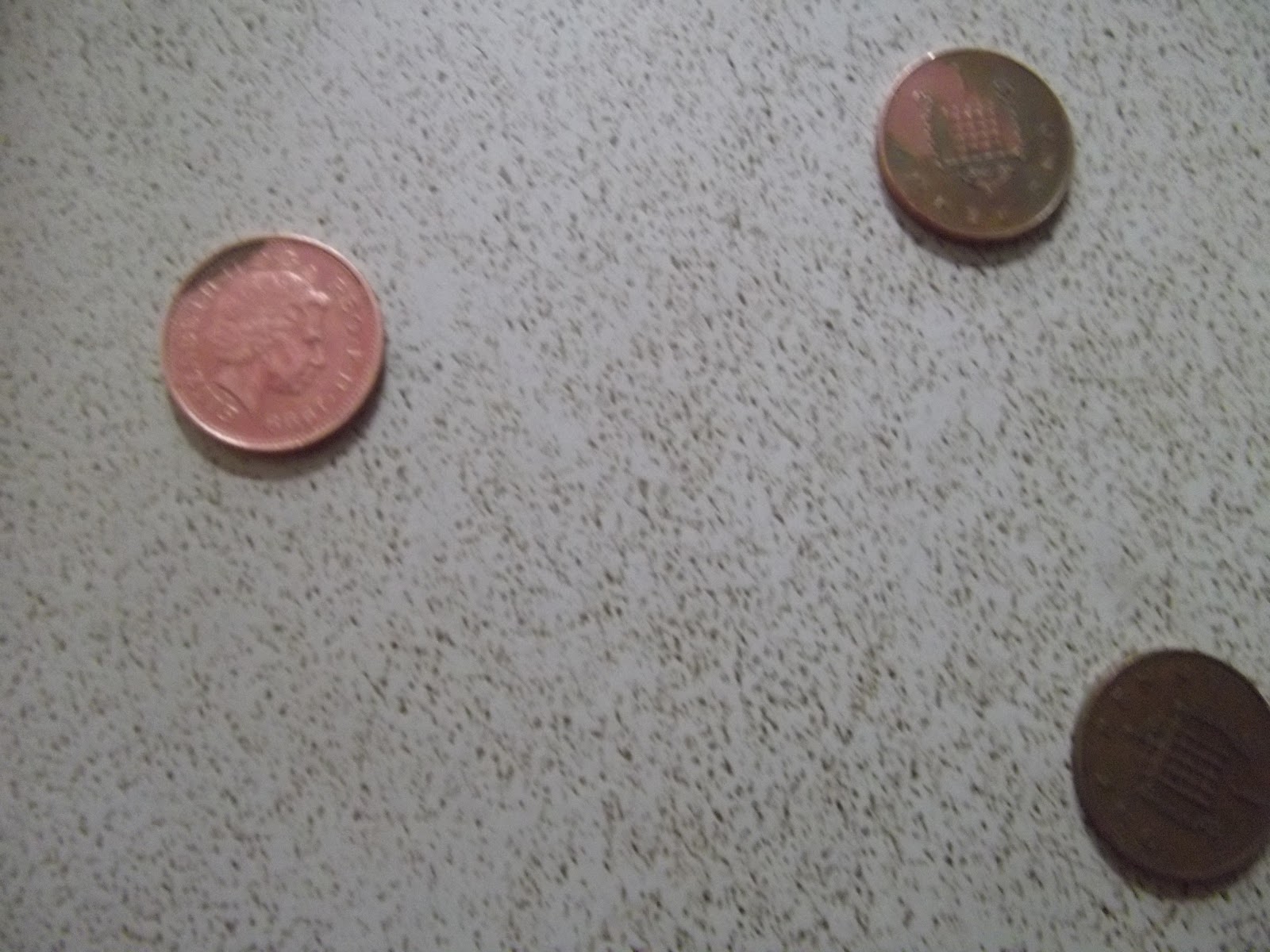along with fields with farm animals,
woods with animals
and even a charcoal burners' camp.
It feels just like a historic village and the houses, church and school are open for visitors to nose around. There is just so much to see-the Tudor kitchen which was making pottage and apple fritters when we looked-so smoky and dark. The bedrooms with pillows at both ends to fit the children in,
trundle beds,
chamber pots under the beds, the chests for the clothes, the rag rugs
and the kitchen range.
It was a pleasure to show all this to Miss Belle and Mr Exuberance, for the first time.
This is definitely a child friendly place. There were conkers, horse and cart rides as well as clay modelling with loads of props for open-ended exploration.
50 acres leaves plenty of room to run and the animals are fun to watch.
It is always a bit of a shock to realise how dependent our forebears were on the land and locally grown materials. Probably not as ideal as we might like to imagine but fascinating to observe and imagine what life would be like.
This museum is enormous. At this time of year it opens at 1030 and closes at 1600. We were arrived just before 1030 and left just before 1600 and still didn't quite see everything. By the end, the children were really quite tired with all the walking, running and exploring that they had done.
I really recommend this Museum and no, I wasn't paid to say that. I just wish that we lived closer and could visit more often.













































